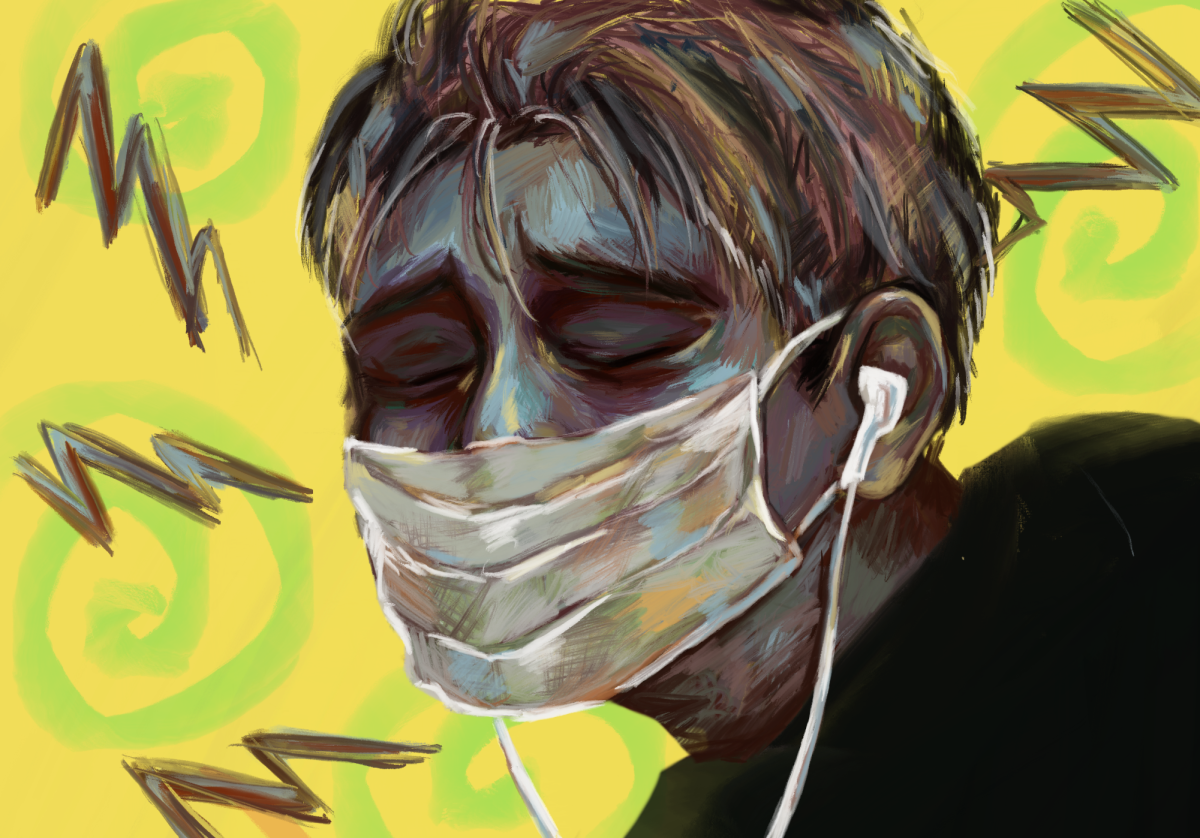The long-term implications of COVID-19 continue to impact education today. While many factors contribute to our post-pandemic learning experiences, ensuring that students have the tools they need starts in the classroom. It’s imperative for professors and students to work together to bridge these learning gaps through class discussion.
In a 2023 Educational Advisory Board survey, 22% of high school students felt unprepared for college, either emotionally or academically — 8% higher than in pre-pandemic responses. The trend of decreased preparedness may hurt students who were enrolled during the pandemic.
Biochemistry junior Paige Enright shared her perspective on the effects of the pandemic on the student body.
“I feel like going online made students feel like they didn’t have to study as hard or they didn’t actually have to memorize anything because they can just look it up or look in their books,” Enright said. “A lot of times it takes thinking out of learning.”
This experience is reflective of a greater trend where students are disengaged in learning. While some students operate better under online learning, it may prevent others from getting involved and staying curious, leaving them disconnected from their educational experience.
“I really do think students have become consumers who have knowledge in technologically based ways rather than in the midst of discussion,” said Lori Holleran Steiker, associate dean of Student Engagement. “I think because they have been online previously, and now they’re in person, there is some reticence to share their opinion.”
Steiker cultivates a student-centered teaching approach to keep students invested in their learning process. She recognizes that students come to college with different learning experiences and that speaking in a classroom setting can be vulnerable. However, this shouldn’t discourage them from engaging.
“We have to build students’ confidence by letting them know that there’s a wide range of answers, and their opinion grows from their lived experience and their knowledge and education,” Steiker said.
Whether or not students choose to engage in the classroom is influenced by how we connect with our learning community, it is clear that promoting an environment where students are comfortable interacting with their peers and professors is essential.
“A large part of it is the job of the professor to make their lectures engaging and make it feel like a safe space for students to share how they’re feeling or what they’re confused about,” Enright said. “It’s the job of the students to ask questions and be willing to share.”
Supporting students through class discussion is one protective factor in their educational development. In her UGS course Young People and Drugs, Steiker applies a student-centered teaching technique called SHIFT. While this may look different from class to class, educators should encourage discussion to motivate students to engage with one another.
Discussion not only increases course engagement but also fosters critical thinking skills. Additionally, the feeling of belonging helps us manage our stress, and we are more resilient when supported. By promoting discussion sections and classroom conversations, professors can support a growing need for community within the classroom.
Professors and students must do their part to invest in the learning process. By encouraging conversations around the curriculum, professors can help students foster community, and students can take a more active role in their learning experience.
So, go to that class. Raise your hand. Challenge yourself in the classroom by breaking the barrier of human interaction.
Wood is a social work junior from Austin, Texas.















